25+ Sample IT Memo
-

IT Privilege Escalation Memo
download now -
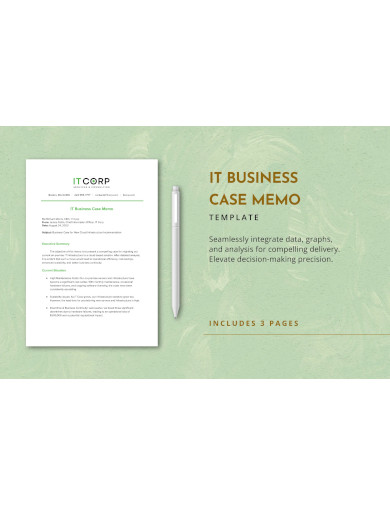
IT Business Case Memo
download now -
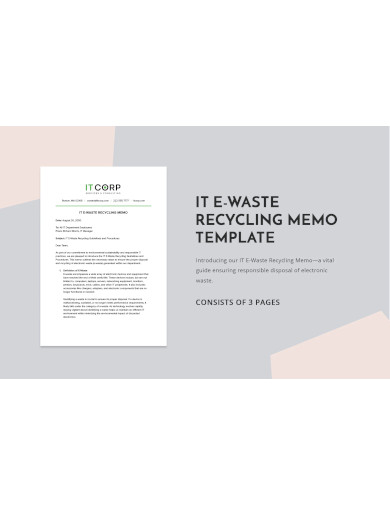
IT E-waste Recycling Memo
download now -
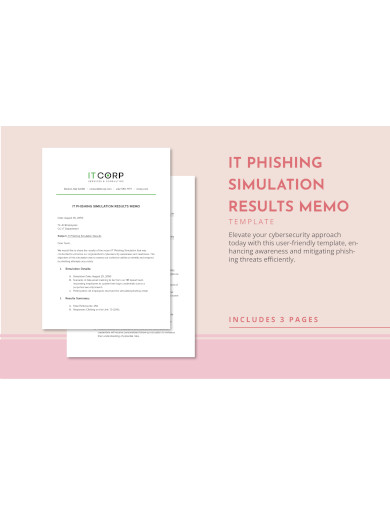
IT Phishing Simulation Results Memo
download now -
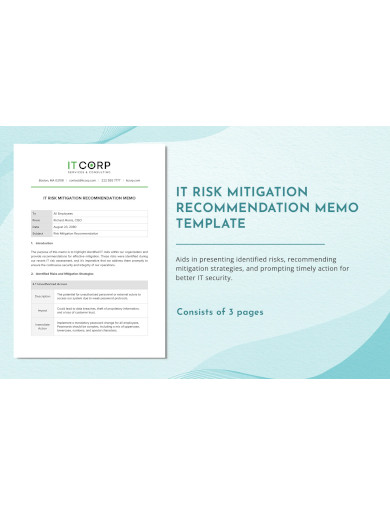
IT Risk Mitigation Recommendation Memo
download now -
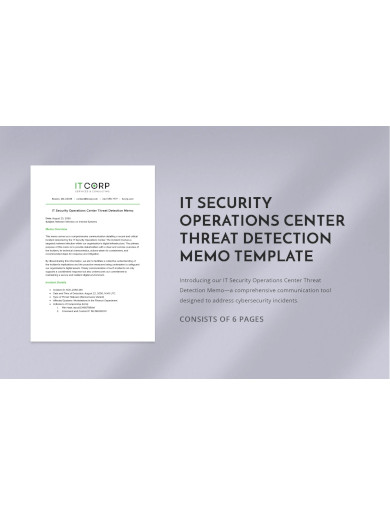
IT Security Operations Center Threat Detection Memo
download now -
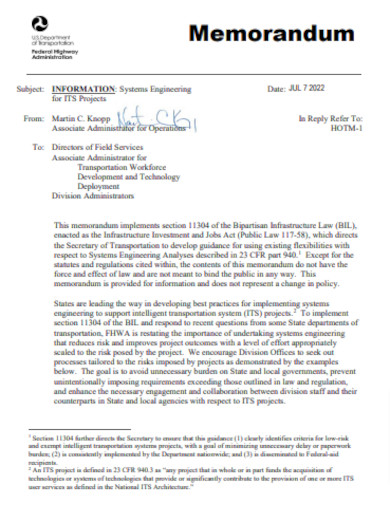
IT Office Memo
download now -
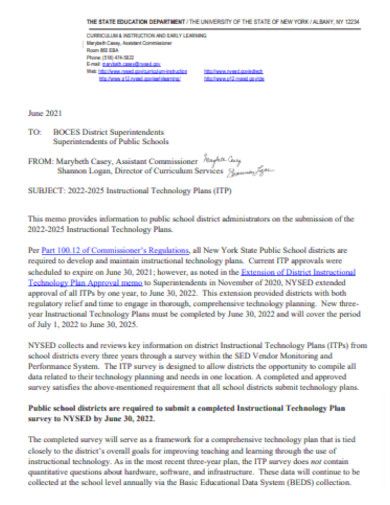
IT Plan Memo
download now -
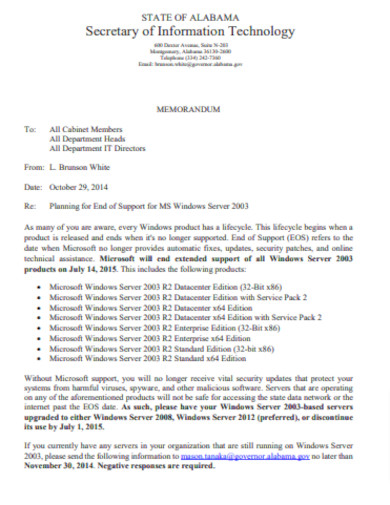
IT Secretary Memo
download now -
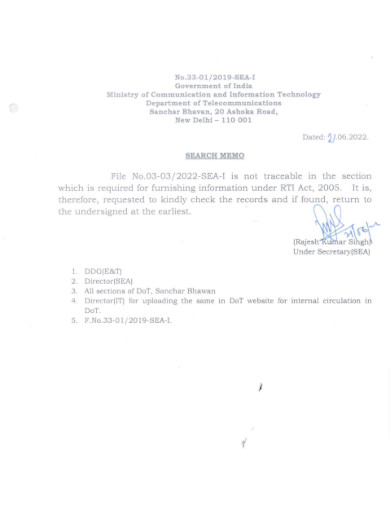
IT Search Memo
download now -
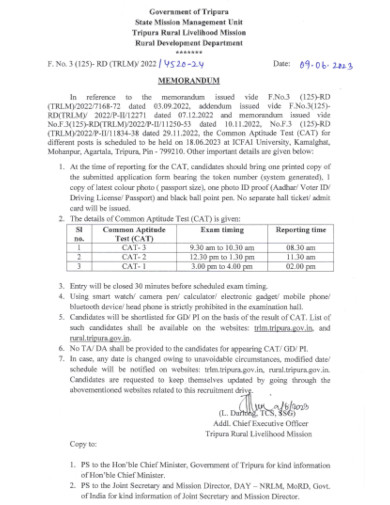
IT Memo Outline
download now -
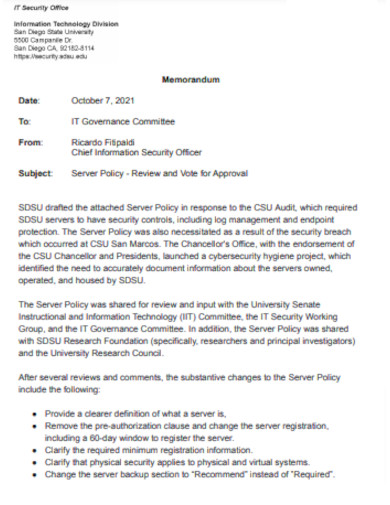
IT Server Policy Memo
download now -
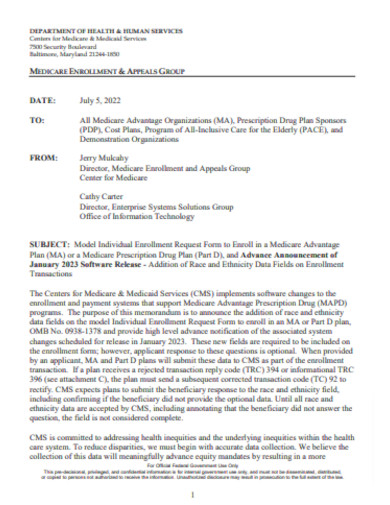
IT Announcement Memo
download now -
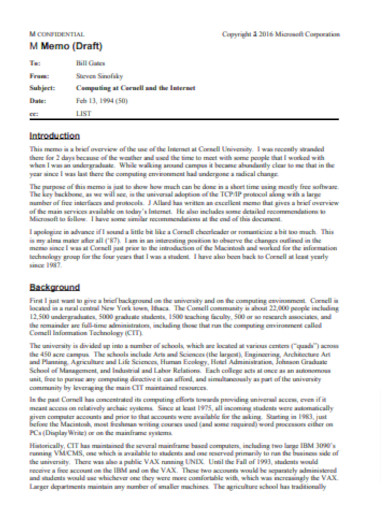
Simple IT Memo
download now -

IT Cancellation Memo
download now -
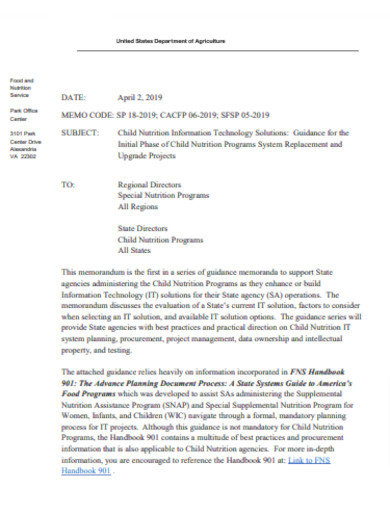
IT Memo Layout
download now -
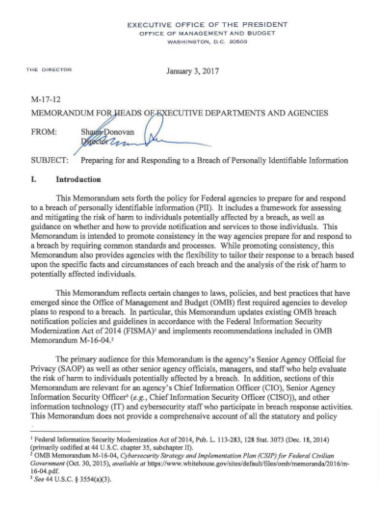
Sample IT Memo
download now -
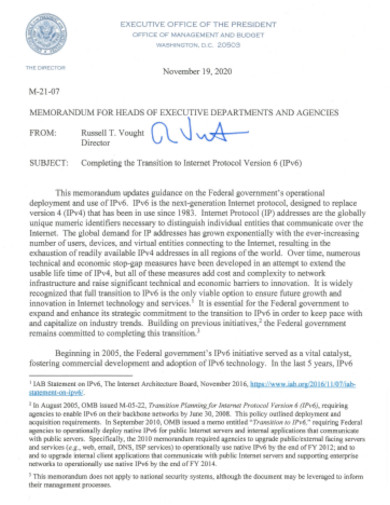
IT Memo Guidance
download now -
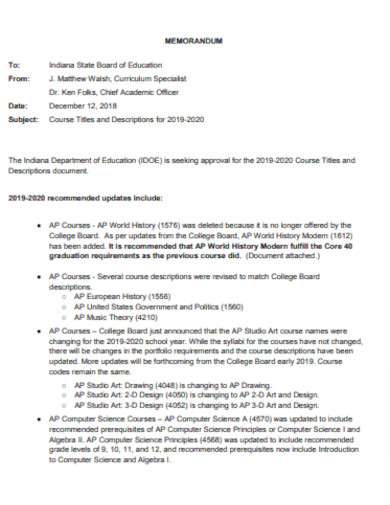
IT Course Memo
download now -
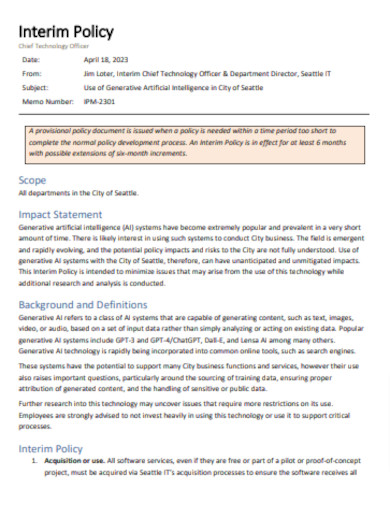
Seattle IT Memo
download now -
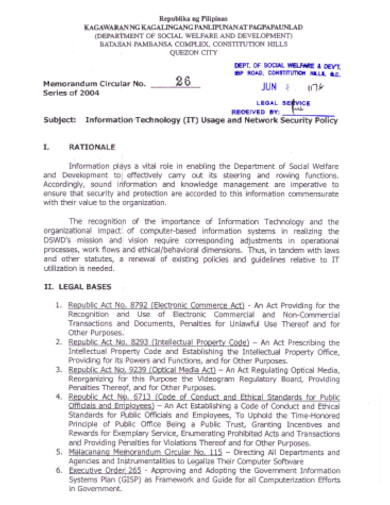
IT Organization Memo
download now -
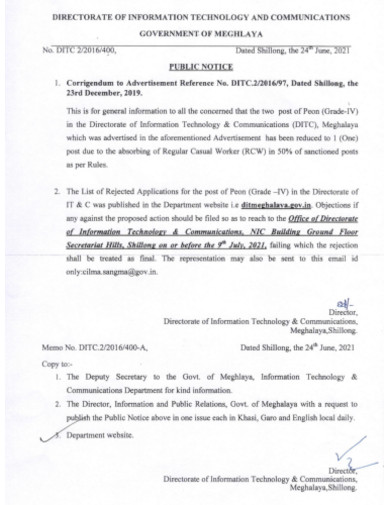
IT Public Notice Memo
download now -
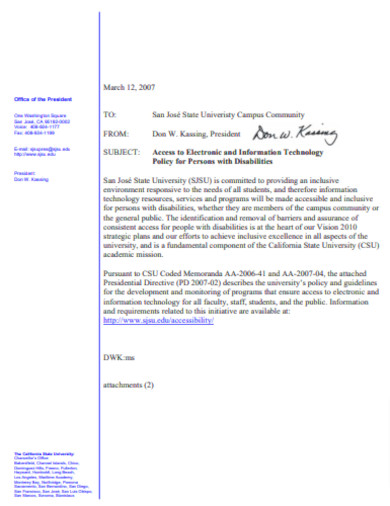
IT President Memo
download now -
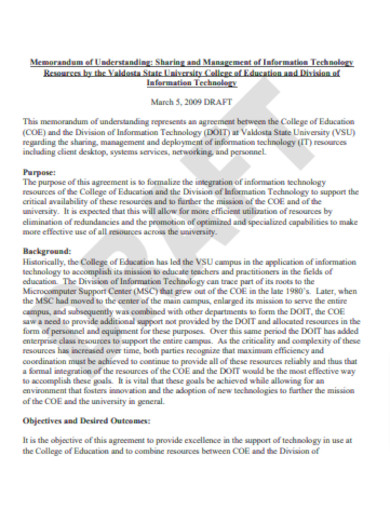
IT Draft Memo
download now -
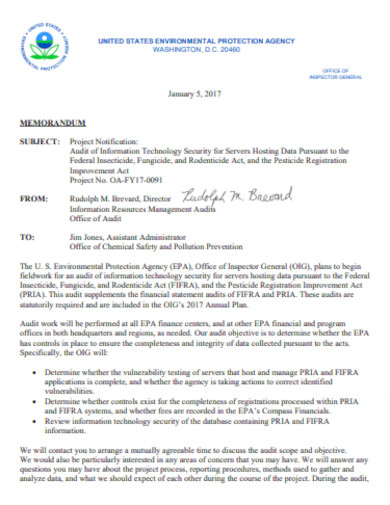
IT Audit Memo
download now -
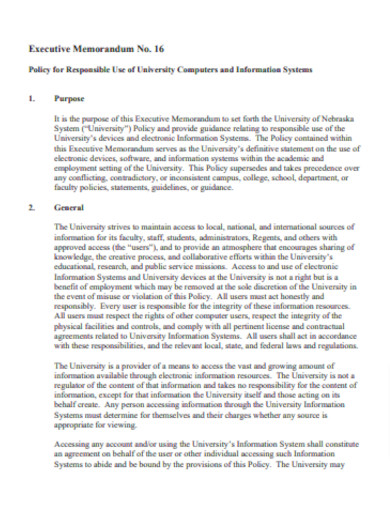
IT Personal Memo
download now
FREE IT Memo s to Download
25+ Sample IT Memo
Defining IT Memo
Importance in Today’s Business World
Key Components of an IT Memo
Common Mistakes and How to Avoid Them
The Future of IT Memos in a Rapidly Evolving Tech Landscape
FAQ’S
Why are IT memos essential in an organization?
To whom are IT memos typically addressed?
Are there security concerns associated with IT memos?
How frequently are IT memos sent out?
Is there a specific format for IT memos?
\
Defining IT Memo
An IT (Information Technology) memo serves as an official medium to communicate vital technical information within an organization. Traditionally short and concise, these memos are tools to disseminate information, decisions, policies, or updates regarding IT infrastructure, systems, or policies.
Importance in Today’s Business World
In an age governed by technology, the role of IT has transcended beyond just technical support. Today, IT decisions often influence an organization’s strategic direction. Consequently, effective communication through IT memos has become paramount to ensure seamless operations and organizational alignment.
Key Components of an IT Memo
Header Information
This includes the memo’s date, sender, recipients, and subject. Ensuring that this information is accurate and comprehensive is paramount, as it aids in cataloging and referencing.
Objective or Purpose Statement
Every memo must have a clear objective. This segment provides readers an overview of the memo’s intent, whether it’s an announcement, update, or a response.
Background Information
Before delving into the details, offering context aids comprehension. This might include previous related memos, the reasons prompting the current communication, or the research conducted.
Technical Details
The core of any IT memo. Here, one elucidates the technical aspects, be it software updates, hardware changes, or cybersecurity protocols.
Recommendations or Actionable Points
A memo isn’t just about communication but also direction. This segment details the steps readers need to take in response to the information provided.
Knowing Your Reader
Understanding the technological proficiency of your audience is key. While a memo for the IT department might be laden with jargon, one for the HR department would necessitate simplification.
Professional vs. Technical Language
Striking a balance is crucial. While it’s important to be technically accurate, it’s equally vital to ensure that the memo remains comprehensible to all.
Maintaining Consistency and Clarity
Even within technical discussions, maintaining a consistent tone and clear language prevents ambiguity, ensuring the memo’s instructions are easily actionable.
Utilizing Visual Aids
Graphs, Charts, and Diagrams
Sometimes, a visual representation can communicate what words might fail to. Especially in IT, where system architectures or data flows might be discussed, diagrams can be invaluable.
Common Mistakes and How to Avoid Them
Overloading Information
While it’s tempting to provide exhaustive details, it’s vital to discern what’s essential. Avoid information that doesn’t directly contribute to the memo’s objective.
Being too Vague or Ambiguous
On the flip side, being overly concise can lead to ambiguity. Ensure that the memo, while brief, remains clear in its directives.
The Role of Peer Reviews
Before distribution, having the memo reviewed by peers can catch overlooked errors or ambiguities.
Continuous Improvement
Like all organizational processes, memo writing too benefits from continuous feedback evaluation and refinement. By regularly iterating based on feedback, one can enhance clarity and effectiveness.
Protecting Sensitive Information
IT memos often carry sensitive data. Thus, ensuring that they are encrypted or shared via secure channels is paramount.
The Future of IT Memos in a Rapidly Evolving Tech Landscape
As we approach a future where technology is ever-present, the evolution of IT memos is inevitable. In anticipation of the requirements of next-generation organizations, we may soon witness the emergence of AI-driven automated memos, created with impeccable accuracy.
FAQ’S
Why are IT memos essential in an organization?
IT memos ensure that all departments within an organization are informed about technical updates, potential threats, maintenance schedules, and other critical IT-related matters. They foster better communication and ensure smooth operations by keeping everyone on the same page.
To whom are IT memos typically addressed?
While IT memos can be addressed to specific teams, they are often disseminated organization-wide. The distribution largely depends on the content and its relevance to various departments.
Are there security concerns associated with IT memos?
Yes. Since IT memos can contain sensitive information about an organization’s systems or practices, it’s crucial to ensure they are securely transmitted and accessed only by authorized individuals.
How frequently are IT memos sent out?
The frequency varies based on the organization’s needs. Some companies may issue IT memos only during significant updates or events, while others might have a regular cadence, like weekly or monthly.
Is there a specific format for IT memos?
While there isn’t a one-size-fits-all template, most IT memos follow a structured format: a header (with date, sender, and recipients), a clear subject line, body content, and a footer. This ensures clarity and consistency in communication.
The IT memo, a blend of tradition and technology, plays a crucial role in modern corporate communication. By crafting it with accuracy, clarity, and security consciousness, we can maintain its status as a reliable channel for important IT narratives. The IT memo, although often overlooked, is a fundamental aspect of technological communication plan. As technology continues to advance, the memo’s significance will only grow, making it essential for organizations to master its creation.
